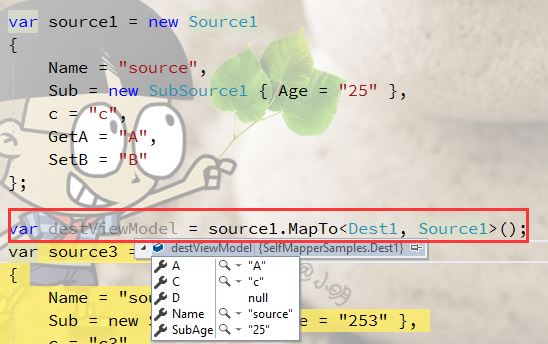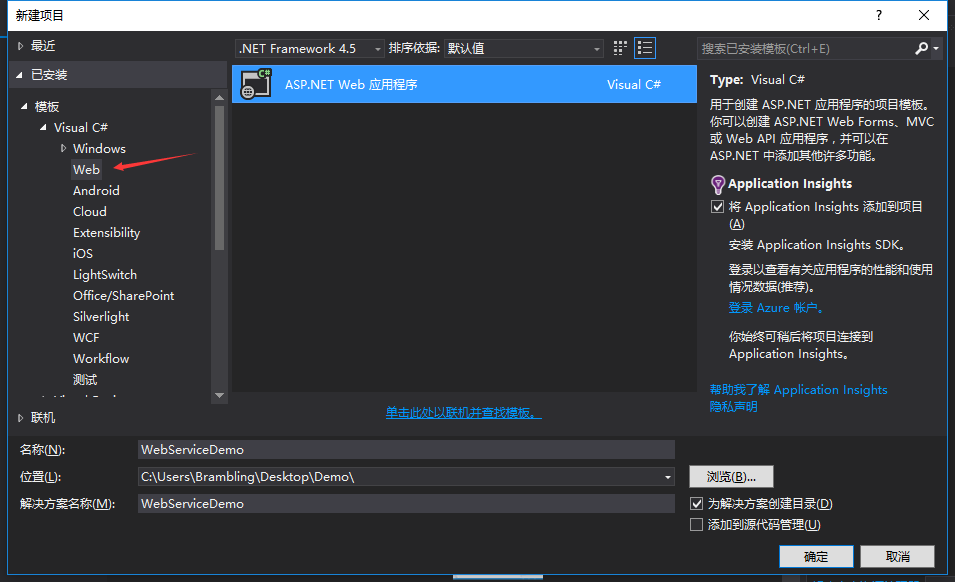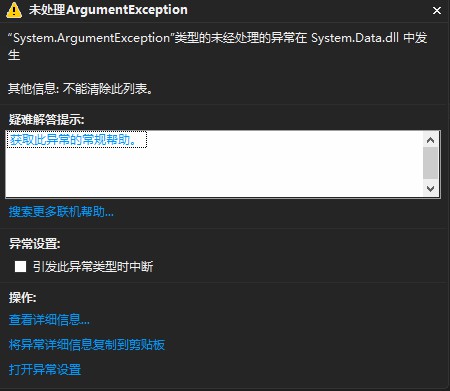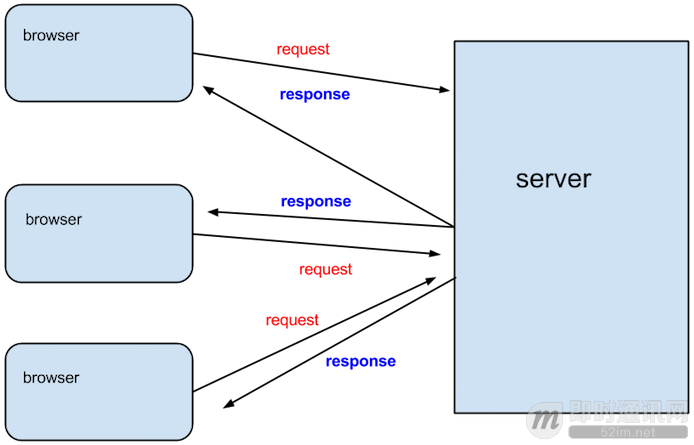这篇文章介绍了C#实现FTP上传文件的方法,文中通过示例代码介绍的非常详细。对大家的学习或工作具有一定的参考借鉴价值,需要的朋友可以参考下
1.通过用FTP进行上传文件,首先要实现建立FTP连接,一般建立FTP连接,需要知道FTP配置有关的信息。一般要在Bean中建立一个ServiceFileInfo.cs文件进行记录,一般需要FTP地址、登录用户名和登录密码。然后通过其他页面进行访问读取。代码样式如下:
class ServiceFileInfo
{
// service1
public static string txtFilePath = @"ftp://12.128.128.01/FileName/";
//userid & password
public static string txtUID = "username";
public static string txtPWD = "password";
}2.通过主方法读取Bean文件下面的的ServiceFileInfo.cs文件的信息,去实现建立FTP连接。这里还需要清楚的知道你上传文件的路径(Path)和文件名称(FileName)。根据这些信息主方法去调用写着Bean中的另外一个ftpOperation.cs 文件(这个.cs文件中主要写一些关于FTP的操作方法),进行FTP访问操作。
- 主方法调用FTP操作代码
ExecutionResult exeRes = this.ftpOperation.UploadFile(textFilePath, txtUID, txtPWD, Path + "/" + FileName + ".txt");//.txt为文件的后缀名- Bean文件中ftpOperation.cs文件关于FTP操作的方法
public ExecutionResult UploadFile(string vIMSPath, string vUID, string vPassword, string vLocalPath)
{
ExecutionResult result = new ExecutionResult();
result = connectState(vIMSPath, vUID, vPassword, vLocalPath);//调用下面代码方法
if (result.Status)
{
File.Delete(vLocalPath);
}
return result;
}connectState()方法
public static ExecutionResult connectState(string vIMSPath, string vUID, string vPassword, string fileName)
{
string operater = "";
bool Flag = false;
ExecutionResult result;
result = new ExecutionResult();
lock (lockObj)
{
try
{
operater = "Connet to FTP";
FTPOperation ftp = new FTPOperation(new Uri(vIMSPath), vUID, vPassword);
operater = "Upload file";
Flag = ftp.UploadFile(fileName, Path.GetFileName(fileName), true);
if (Flag)
{
result.Status = true;
result.Message = "Send to server OK";
}
}
catch (Exception ex)
{
result.Status = false;
result.Anything = "Mail";
result.Message = operater + ":" + ex.Message;
}
}
return result;
}- UploadFile()方法
public bool UploadFile(string LocalFullPath, string RemoteFileName, bool OverWriteRemoteFile)
{
bool result;
try
{
bool flag = !this.IsValidFileChars(RemoteFileName) || !this.IsValidFileChars(Path.GetFileName(LocalFullPath)) || !this.IsValidPathChars(Path.GetDirectoryName(LocalFullPath));
if (flag)
{
throw new Exception("非法文件名或目录名!");
}
bool flag2 = File.Exists(LocalFullPath);
if (!flag2)
{
throw new Exception("本地文件不存在!");
}
FileStream fileStream = new FileStream(LocalFullPath, FileMode.Open, FileAccess.Read);
byte[] array = new byte[fileStream.Length];
fileStream.Read(array, 0, (int)fileStream.Length);
fileStream.Close();
result = this.UploadFile(array, RemoteFileName, OverWriteRemoteFile);
}
catch (Exception ex)
{
this.ErrorMsg = ex.ToString();
throw ex;
}
return result;
}
public bool UploadFile(byte[] FileBytes, string RemoteFileName)
{
bool flag = !this.IsValidFileChars(RemoteFileName);
if (flag)
{
throw new Exception("非法文件名或目录名!");
}
return this.UploadFile(FileBytes, RemoteFileName, false);
}
public bool UploadFile(byte[] FileBytes, string RemoteFileName, bool OverWriteRemoteFile)
{
bool result;
try
{
bool flag = !this.IsValidFileChars(RemoteFileName);
if (flag)
{
throw new Exception("非法文件名!");
}
bool flag2 = !OverWriteRemoteFile && this.FileExist(RemoteFileName);
if (flag2)
{
throw new Exception("FTP服务上面已经存在同名文件!");
}
this.Response = this.Open(new Uri(this.Uri.ToString() + RemoteFileName), "STOR");
Stream requestStream = this.Request.GetRequestStream();
MemoryStream memoryStream = new MemoryStream(FileBytes);
byte[] array = new byte[1024];
int num = 0;
for (;;)
{
int num2 = memoryStream.Read(array, 0, array.Length);
bool flag3 = num2 == 0;
if (flag3)
{
break;
}
num += num2;
requestStream.Write(array, 0, num2);
}
requestStream.Close();
this.Response = (FtpWebResponse)this.Request.GetResponse();
memoryStream.Close();
memoryStream.Dispose();
FileBytes = null;
result = true;
}
catch (Exception ex)
{
this.ErrorMsg = ex.ToString();
throw ex;
}
return result;
}到此这篇关于C#实现FTP上传文件的文章就介绍到这了。希望对大家的学习有所帮助,也希望大家多多支持得得之家。
沃梦达教程
本文标题为:C#实现FTP上传文件的方法


基础教程推荐
猜你喜欢
- C# TreeView从数据库绑定数据的示例 2023-04-09
- C#使用NPOI将excel导入到list的方法 2023-05-22
- C#执行EXE文件与输出消息的提取操作 2023-04-14
- C#使用SQL DataAdapter数据适配代码实例 2023-01-06
- C#使用Chart绘制曲线 2023-05-22
- C#中参数的传递方式详解 2023-06-27
- C#实现归并排序 2023-05-31
- 如何用C#创建用户自定义异常浅析 2023-04-21
- Unity虚拟摇杆的实现方法 2023-02-16
- 浅谈C# 构造方法(函数) 2023-03-03

















